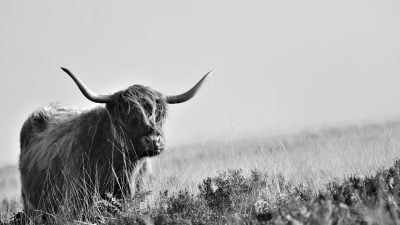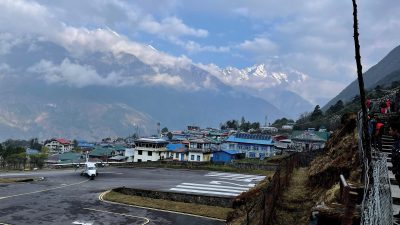Home / Australia & South Pacific / Ecotourism Destinations: New Z…
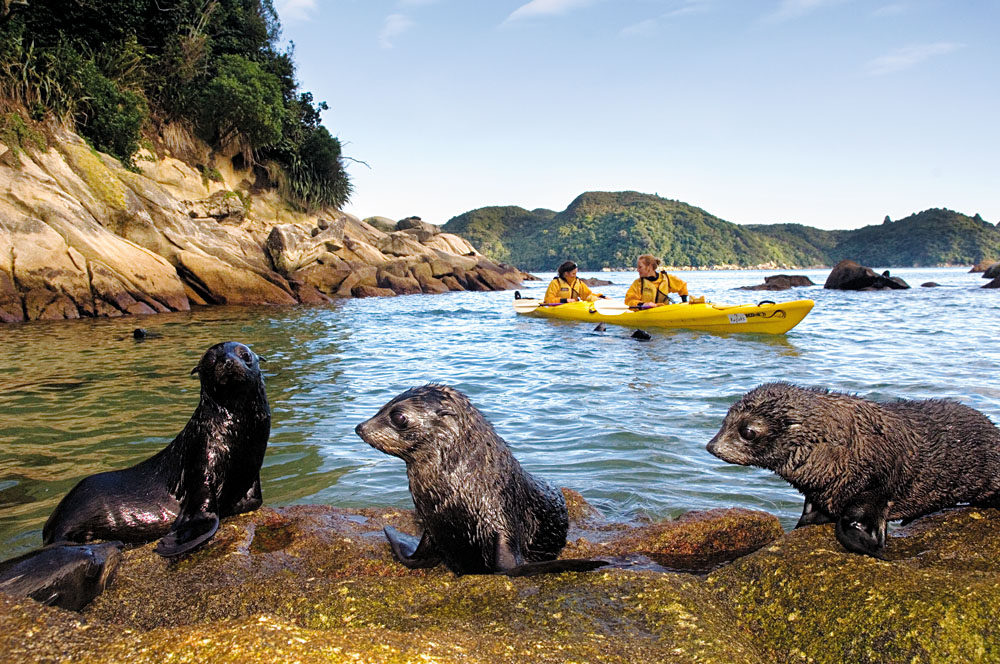
Ecotourism Destinations: New Zealand
Tourism is a major foreign revenue earner for New Zealand. However, this country in the South Pacific has an extremely fragile natural environment. Certainly some of the attractions of a visit include adventure activities such as rafting, kayaking, bungee jumping, and skiing. Nevertheless, what is unique to New Zealand is its national parks, forest areas, and reserves. They account for 20% of the country, which is why New Zealand ecotourism is important. There are 13 national parks offering incredible natural experiences, and which are administered and maintained by the Department of Conservation.
From the sub-tropical rainforests of the far north, to the alpine ranges and large glacial lakes in the south, there are many places which could be mentioned, but let’s look at some of the major destinations involved with ecotourism.
Mount Cook National Park
Mount Cook National Park is a rugged landscape of rock and ice and features beautiful turquoise lakes, snow-capped mountains, and enormous glaciers. At its heart, is New Zealand’s highest mountain, Mount Cook, sitting at 3800 metres/12, 300 feet in height. Located deep in the heart of the Southern Alpine Range, it is one of the 19 mountains within the surrounding national park. One of the park’s most prominent features is the Tasman Glacier, a 27 kilometre/16 mile long, 600 metre/1950 feet deep sheet of ice which has carved a path through the surrounding rock. Activities here can include mountain walks and alpine hiking, glacier viewing, and mountaineering.
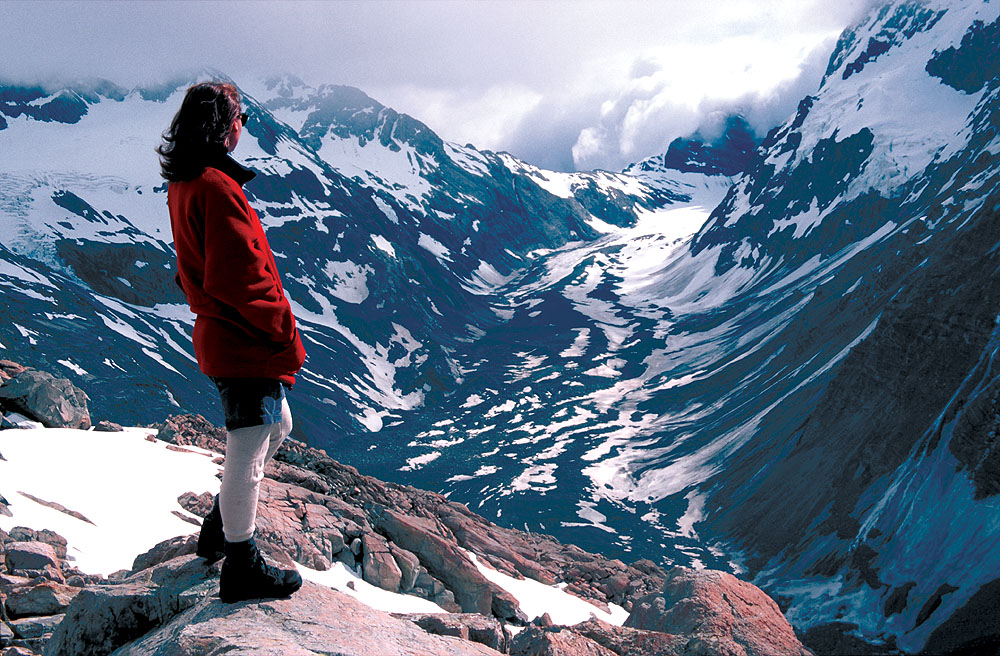
The Geothermal Region
Situated at the southern end of the North Island is this amazing region of fascinating geothermal activity. The scent of sulphur in the air is prevalent in the main centre, Rotorua, and emanates from nearby spouting geysers, boiling mud pools, and warm geothermal springs. Rotorua is also the heartland of New Zealand’s Maori culture and is the perfect place to learn about it. You can attend a Maori cultural performance where stories are relayed through song and dance, and also enjoy a Hangi feast where the food is cooked below the ground in earthen ovens.
You can also relax with a soak in the healing waters of the geothermal hot springs or unwind by choosing from a selection of therapeutic spa and massage therapies.
The Rotorua region is also one of New Zealand’s prime trout fishing spots where you are almost guaranteed a catch. Many of the volcanic crater lakes are home to a plentiful stock of trophy-sized rainbow trout.
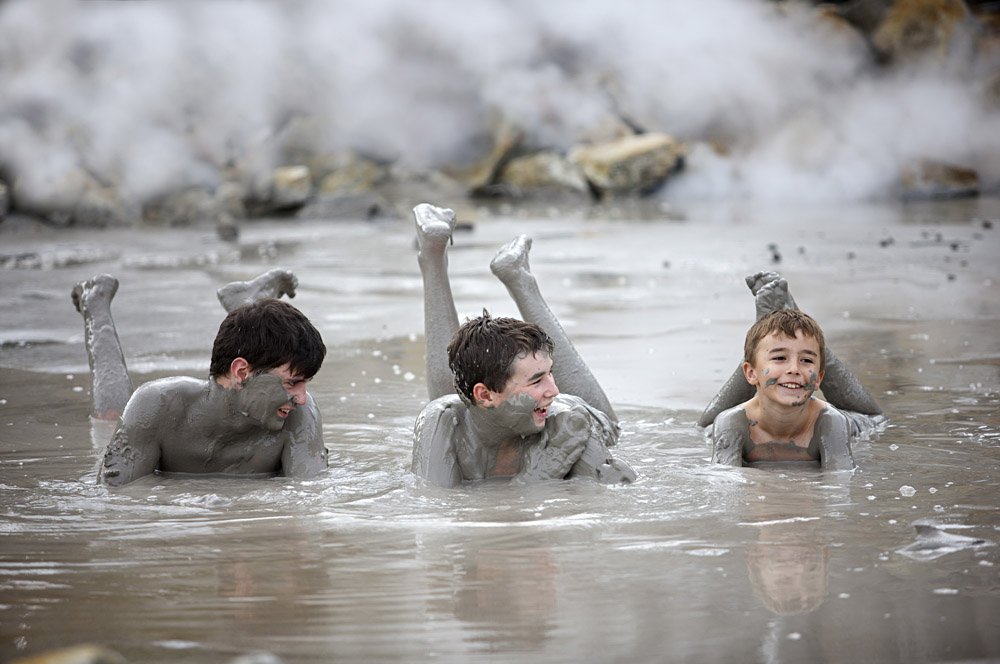
Tongariro National Park
Tongariro National Park is the oldest national park in New Zealand and is located in the centre of the North Island. It has been acknowledged by UNESCO as one of the 28 mixed cultural and natural World Heritage Sites (in this case, both the diverse volcanic landscapes and the spiritual and cultural heritage of the indigenous Maori tribes – there are a number of Maori religious sites within the park). It was actually the 4th national park to be established worldwide, and contains 3 active volcanic mountains which are all sacred to the Maoris. It is also one of the best places to catch sight of the country’s endemic wildlife, such as the noisy Tui bird and the rare Kakariki (parakeet) or Karearea (falcon). The terrain varies from desert plateaus to lush forests. Hiking and trekking are popular here along brilliant blue lakes and through glacial valleys.
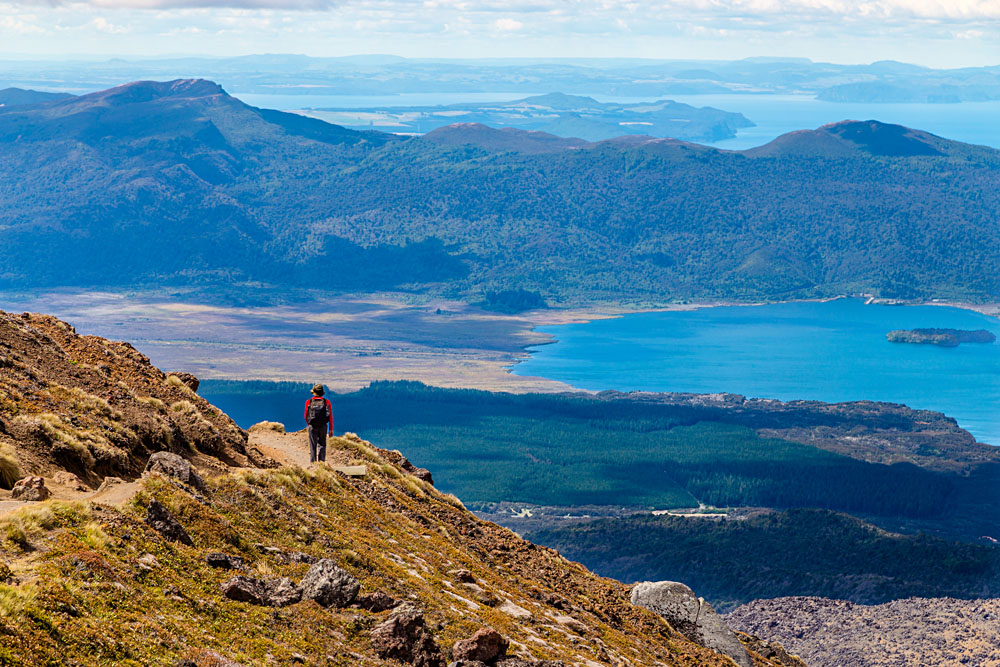
Fiordland National Park
Situated in the south west of the South Island, Fiordland National Park consists of stunning fiords, spectacular waterfalls, and snow-capped peaks. The major attraction is the steep sided fjords. A fiord is defined as a u-shaped glacier-carved valley which has been flooded by the sea.
It seems here as if ancient rainforests cling to the mountains as waterfalls tumble hundreds of feet into the massive fiords. There are actually 14 fiords in total.
Described by Rudyard Kipling as the “Eighth Wonder of the World,” Milford Sound is exceptionally spectacular, and is breathtaking in any weather. The fiord’s cliffs rise vertically out of the dark waters as waterfalls cascade downwards, some as high as 1000 metres/3250 feet. When it rains in Milford Sound, the waterfalls miraculously increase. Boat cruises are an excellent way to experience Milford Sound.
Another famous attraction here is the Milford Track hike, 54 kilometres/34 miles long, which begins at the northern end of Lake Te Anau and continues its way through some vivid wilderness. Your journey ends with a boat trip from Sandfly Point to the Milford Sound wharf.
At Doubtful Sound, New Zealand’s deepest fiords, you can spot bottlenose dolphins, fur seals, and penguins.
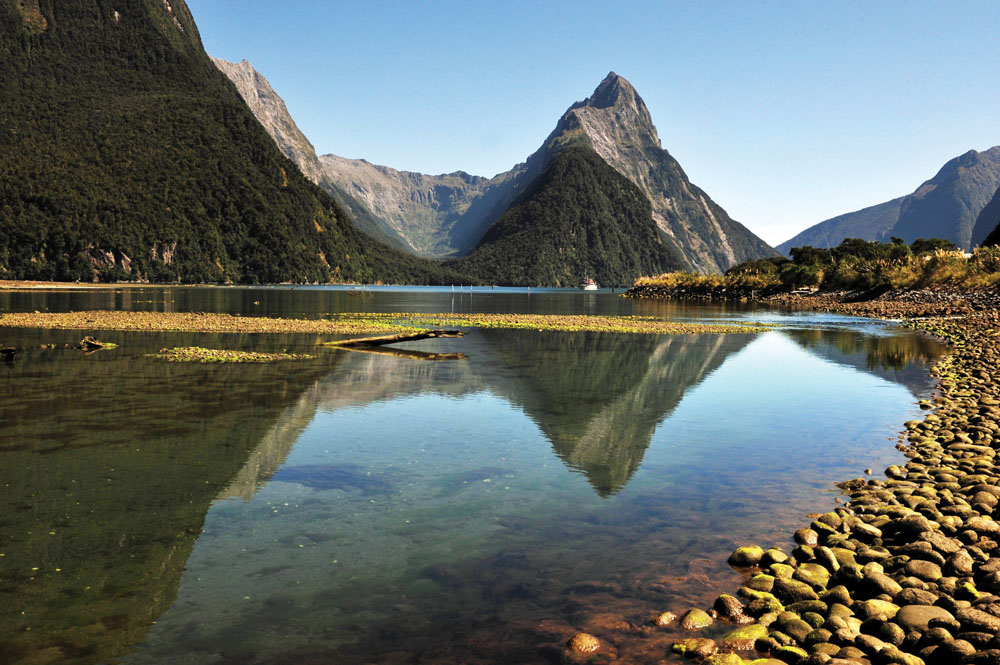
Abel Tasman National Park
Abel Tasman National Park is located in the Nelson region in the north of the South Island. It is popular for hiking, kayaking, camping, and sightseeing, with its very attractive natural scenery and wildlife. The Abel Tasman National Park is New Zealand‘s only coastal national park and its golden sandy beaches and clear turquoise water make it one of the most popular. To explore the beauty of the park you can go walking or take a cruise to one of the many beaches along the Coastal Track. The sheltered bays are perfect for cruising, sailing, and sea kayaking. Seals and dolphins are seen regularly in these coastal waters.
There are no roads within the park so access is either on foot or by water taxi, using one of the many transport and activity providers who operate in the park.

Our Ecotourism Series:
Ecotourism – An Important Trend in Travel
Ecotourism Destinations: East Africa
Ecotourism Destinations: Southern Africa
Ecotourism Destinations: Central and South America (Part 1)
Ecotourism Destinations: Central and South America (Part 2)
Ecotourism Destinations: Central and South America (Part 3)
Ecotourism Destinations: Asia (Part 1)
Ecotourism Destinations: Asia (Part 2)
Ecotourism Destinations: Australia
Ecotourism Destinations: New Zealand
Ecotourism Destinations: Europe
Get more travel inspiration by email.
Subscribe
0 Comments

Get the latest travel trends & hear about the best deals on vacations around the world.
If you’re a Globetrotter, these are the newsletters for you!
